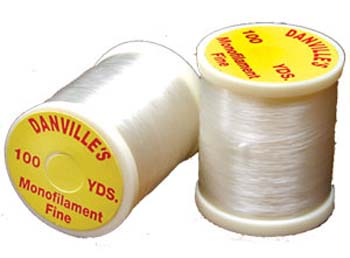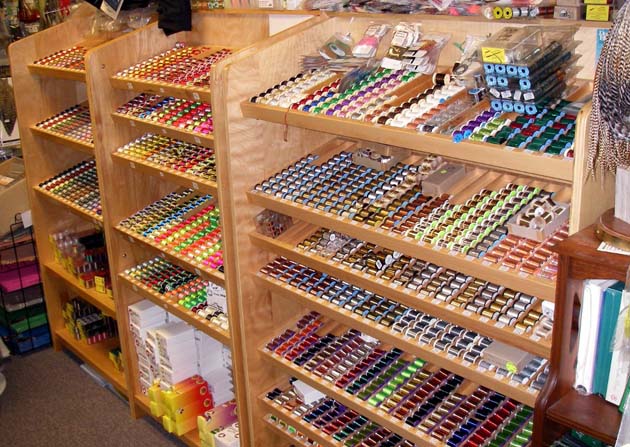After a hook, thread is the closest thing to a constant in fly tying
by Skip Clement
[dropcap]A[/dropcap] spool of whatever thread you choose to tie the next best fly ever invented is not expensive, but dealing with the minutia of “types” of thread is daunting and “thread collections” are the progeny of that dilemma as well as suspiciously risen thread inventory.
The list of thread categories too long to list, but flat, round, denier, gel spun, colors galore, waxed, aught, and so on are only a small part of most tyers’ collections. Too, that collection in dollars can be a bit more than you might want to admit and some, or many spools sit for decades waiting their turn. Your passing more probable than theirs.
 The code, ya’ gotta’ know the code
The code, ya’ gotta’ know the code
After umpteen years of dabbling in tying the non-navigatable system of thread measuring nomenclature and diameter versus strength charts, of which there are many interpretations, remains unfathomable to all novices and many veteran tyers.
If you are a trout angler tying in the #20 to #28 size flies as a matter of course, using mono as a tying thread is probably not of interest, even a heresy calling for excommunication.
Some mono tying thread, bought in large spools won’t fit on a bobbin. So, it’s back to the fly shop or online for a resource of bobbin acceptable thread spools.
The pros of clear and smoke mono tippet tying thread:
1. Cheap.
2. Less inventory (fewer spools).
3. No decision – clear inherits colors of materials in the recipe.
4. Durable – better than “thread” in saltwater or versus toothy critters.
5. Strength – hard to break in tying conditions that call for tight wraps.
6. Mono makes excellent ribbing – smoke color, for example.
7. You do not have to change spools when tying.
The cons of clear and smoke mono tippet tying thread:
1. No color selection – must be indelible marker colored.
2. Will not grip tie-ins as well as poly and nylon threads.
3. No “other types” of thread choices.
4. It stretches.
Featured Image Chris Helm’s Fly Fish Ohio fly shop.


